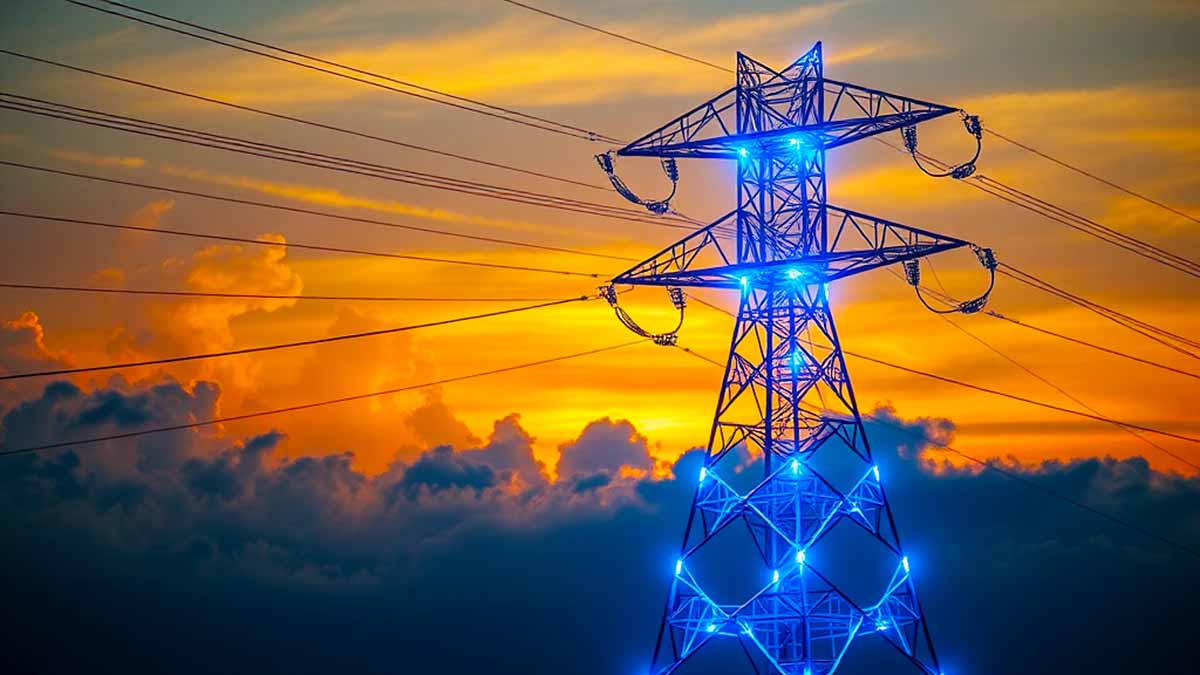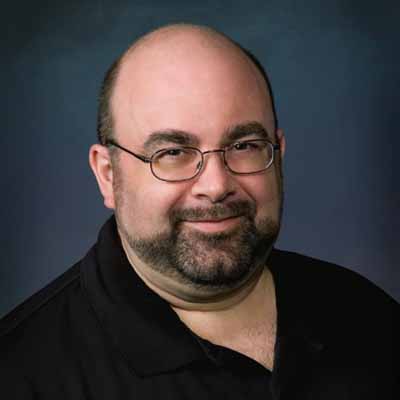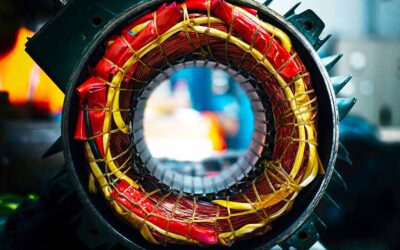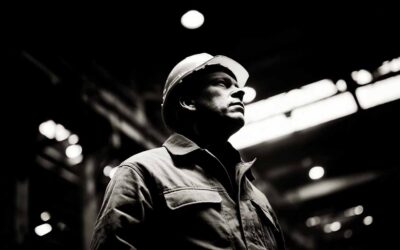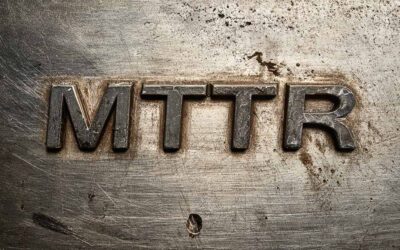AI’s explosive growth is placing unprecedented demands on our aging power grid. As energy consumption surges, the cracks in our century-old infrastructure are becoming impossible to ignore.
This year, the Institute of Electrical and Electronics Engineers (IEEE) appointed me as the USA Regular Member (US Representative) for CIGRE A1, which includes all electric machinery related to the power industry. CIGRE is the global community for collaborative development and sharing power systems expertise, established in 1921.
I join the top minds from over 90 countries in performing research and studies into the future of power generation, transmission and distribution, and large equipment use.
Study Committee A1 covers all electromechanical energy conversion equipment aspects, from rotating electric machines for power generation and grid support to energy conversion within industrial applications.
This includes research, development, design, manufacture, and testing of power generation and electromechanical energy conversion equipment and their associated auxiliaries, commissioning, operation, condition assessment, maintenance, life extension, refurbishment, upgrades, efficiency improvement, conversion, storage, and de-commissioning.
I followed after Hugh Zhu’s 5-year appointment, but, unfortunately, I could not get to France for the global meeting in person due to travel challenges as it was coincidental with the Summer Olympics.
Insights from the Grid of the Future Symposium
I attended the CIGRE USNC (US National Committee) Grid of the Future symposium and workshop held in Raleigh, NC, from November 11-14, 2024.
While it was part of my volunteer responsibility, I also wanted to review grid-related concerns as they impact my other volunteer work as the chair of wind/solar/storage standards for American Clean Power and my work on IEEE PES Materials Subcommittee standards.
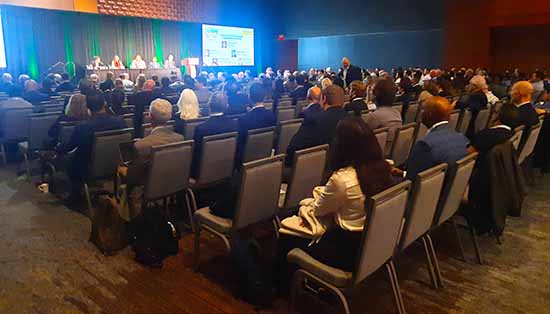
Panel Discussion on Grid Reliability
For the round-table and town-hall style interactions, we had a combination of regulatory leadership, transmission and distribution leadership, utility leadership, and a focus on the ideas and solutions presented by ‘Next Generation,’ which was the recent graduates through 35 years.
The work from these workshops is implemented, creating a forum for engineers to discuss their shared concerns and approaches.
My job, by request, was to represent the DER (Distributed Energy Resources), or what the media calls ‘clean energy.’
I expected to be one of many in the over 400 in attendance, but I quickly discovered that I was the lone voice and did my best to include the industry’s perspective.
That was in addition to a few opportunities to identify existing industry solutions to grid-related issues.
There are significant impacts on us as individuals and for our companies that were openly discussed as we head into a very new future using technology and frameworks that are over 100 years old. These impacts are financial and reliability-based and are pretty much ignored, as electrical concerns tend to be.
In the USA, we have been quite comfortable with our reliable power but are now on the cusp of losing that reliability.
Yes, doom and gloom. However, that went with the fun we had in the first workshop, in which we had a group form, which was unintended until we introduced each other to former US Navy types.
I was voted the representative for the table because, as no complete surprise, I was completely comfortable droning on in front of a group on any topic. Of course, we all happened to have a bit of a reliability bend in each of our responsibilities.
So, when we got up and discussed our positions on the topic, I first stated that I was a reliability engineer, and my job was to identify all the things that could go wrong. (‘Why so negative?’, ‘It’s my job.’). Naturally, it came with a list of solutions for how each thing could be approached.
Before I continue, it would be remiss not to note that within leadership and attendees at this conference, about 1/3rd were women, and more than half of all attendees were under 40, with about ¼ of that group as recent graduates. The rest of the industry could learn from that mix at a solutions-based symposium! It made for some fascinating questions, discussions, and solutions.
Unprecedented Growth and Its Impact on Grid Reliability
Now, we hear a lot on social media, whatever news channels we wish to listen to, and our other echo chambers. Next, I will outline the genuine, engineering-based concerns and discussions only focused on electric power generation, transmission, and distribution.
I cannot cover everything as we were hit with a veritable fire-hose of information, most of which is brand new and eye-opening for those of us who were in attendance for the first time. So, here we go:
- Over 5% of electric power is consumed by data centers, not including cryptocurrency, which is closing very fast at well over 2.5% and possibly as high as 4%.
- By 2030, that number is projected to pass 10%, compared to other consumer growth related to the electrification of everything.
- By 2040, that number is projected to pass 25%, conservatively, based on tie-in requests by data center planners—the cycle for adding a data center used to be 4-5 years. However, Elon Musk’s Texas implementation for an AI data center of ~150 MW took less than a year (~122 days).
- Datacenter sizes went from 10 megawatts around 2020 quickly to 100 and then 200, and then there were proposals for about gigawatts within the last year. Virtually every grid operator and utility is managing such requests.
- The fastest prior growth was 5% per year on any part of the bulk grid. Some of the proposed new numbers are looking at 200%+ in a year. There are presently no distribution lines, substations, or generation that can manage the growth, especially the load variabilities of the ML/AI systems.
- Finally, related to data centers, the cloud alone was rapid growth but a constant base load. Cryptocurrency and AI/ML data centers vary wildly in load based on usage and training periods. This can be swings of 20%+ of the average load during training periods.
- DERs (Distributed Energy Resources) and Inverter Based Resources (IBR) primarily emphasize storage for wind, solar, and battery energy. While there was discussion of the variability, an all-of-the-above emphasis was made by generation representatives. Work on incorporating an increasing number of DER was emphasized, as well as discussions surrounding the IEEE 1547 series and IEEE 2800 standard.
- SMRs (Small Modular Reactors) while it was quite clear the large mega-generation facilities of the past were less likely to occur, SMRs were definitely a topic. Dominion Energy identified that they had put out an RFQ for one to be installed as a test case. SMRs are seen as part of an overall solution on the generation side, with a large number of regulatory and safety concerns still present.
- On the distribution side, the electrification of everything is still an area of discussion, including electric vehicles. The challenges associated with the location of ownership versus the location of charging are still a daunting task.
- No utility has experienced any of what the transmission and distribution and utilities are dealing with now. There is not enough generation or infrastructure to deal with all of the new loads. Islanding, which is the separation of a part of the grid, is a concern but is also being viewed as part of a potential overall solution.
With some of the discussions surrounding large data centers installing their own large-scale power generation, there is still the issue of what happens should there be maintenance or power loss. Additionally, a large number of data centers in the 100s of Megawatts will cause major disturbances and potential damage to grid equipment and lines if they suddenly go offline.
Another area of discussion I drew attention to on the final day was that all the technical discussions only involved simulated data and simulations. There did not seem to be a lot of real data, which appears to be lacking in many technical and engineering research papers to this day.
There was also the issue of siloing. This is basically an issue with generation, and transmission and distribution, and end-use do not seem to be discussing each other’s concerns.
Cybersecurity, Regulation, and Infrastructure Bottlenecks
Finally, there was the issue surrounding cybersecurity as a serious part of the threat horizon, including weather and other potential causes for disruption.
Cybersecurity and infrastructure, especially grid and distribution systems, have become a rapidly rising concern, especially with the limitations imposed on communication between utility distribution systems due to deregulation, retarding critical response.
This is in addition to the slow pace of component manufacture, especially transformers, which can take 5 or more years to build for new construction or replacement.
In fact, the training we did in Texas the prior week was related to a transformer and large motor repair center that is severely backlogged in transformer repair but can still turn around a rewind in half the time of a newly manufactured transformer.
Overall, solutions can be implemented, although slowly, so we have some specific potential impacts from rolling outages to brownouts, and not from the implementation of any new energy sources, contrary to news and social media looking for views.
In addition to large generation retirements coming fast upon us, the rapid growth of usage, especially combined with the unprecedented growth in data centers, even if we kept everything online, the problem would still exist.
Including regulation issues, something specifically brought up by NERC (a regulating body), we are looking at costly implementations, even assuming that we know what the future grid will look like (which we don’t). The end result is potentially reduced reliability with the potential for dramatically increased costs that would have to be absorbed by all rate-payers.

